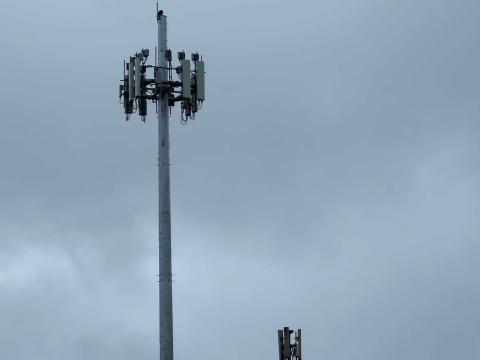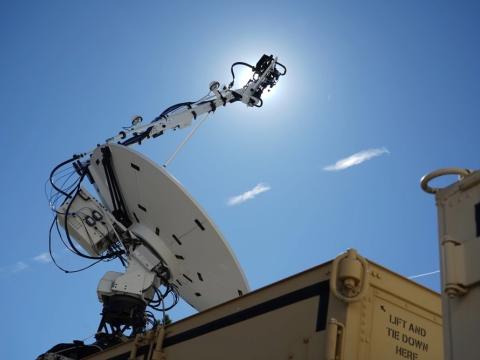Defense Network Evolution Into Unknown Future
The military services haven't accepted the GIG or NECC as a unifying design. Has this been to their detriment? What other initiatives underway could bridge the interoperability gap and enable networks to expand to meet global C2 needs? Share your expertise, ideas and suggestions here.
From his former celestial perch as director of Space and Electronic Warfare, Vice Adm. Jerry Tuttle, USN (Ret.), determined that naval telecommunications had to center around the warfighter-allowing outward network expansion, just like spokes radiating from the center of a wheel. The admiral gained this concept from astronomer Nicolaus Copernicus, who postulated that the sun was the center of this universe, not Earth. Thus, the Copernicus Architecture concept was born, with many ideas for global C2 traced back to Adm. Tuttle. In this issue of SIGNAL Magazine, Paul A. Strassmann describes the recent evolution of military communications networks in his article, "Defense Network Concepts Have a Dynamic History." Although the Copernicus Architecture wasn't executed when the Navy updated its systems-in fact, the sea service received a very limiting proprietary system-the concepts lived on and led to further advancements. A Defense Management Decision Memorandum (DMRD) by Deputy SECDEF Donald Atwood in 1992 called for reducing information technology costs, which led to consolidating networks into the centrally managed Defense Information Infrastructure. Nearly all DMRD funding supported the consolidations but hardly affected enterprise-level communications, with the services acquiring additional networks to cover distributed computing. In 1998, Vice Adm. Arthur Cebrowski, USN, urged the services to move from computer-centric to network-centric functionality. His concept of "power to the edge" meant enabling military units to acquire systems and information as needed, rather than depending on a central system. The next nudge came from John Stenbit, OSD's chief computer executive from 2001 to 2004. He championed the "smart pull" paradigm, which let warfighters obtain whatever was needed to complete their missions-a sort of a la carte approach to systems configuration. The Global Information Grid (GIG) would eliminate bandwidth constraints, and the Defense Information Agency took over the net-centricity mission of Net-Enabled Command Capability (NECC). NECC programs, however, all but closed down in 2009. The military services haven't accepted the GIG or NECC as a unifying design. Has this been to their detriment? What other initiatives underway could bridge the interoperability gap and enable networks to expand to meet global C2 needs? Share your expertise, ideas and suggestions here.




Comments